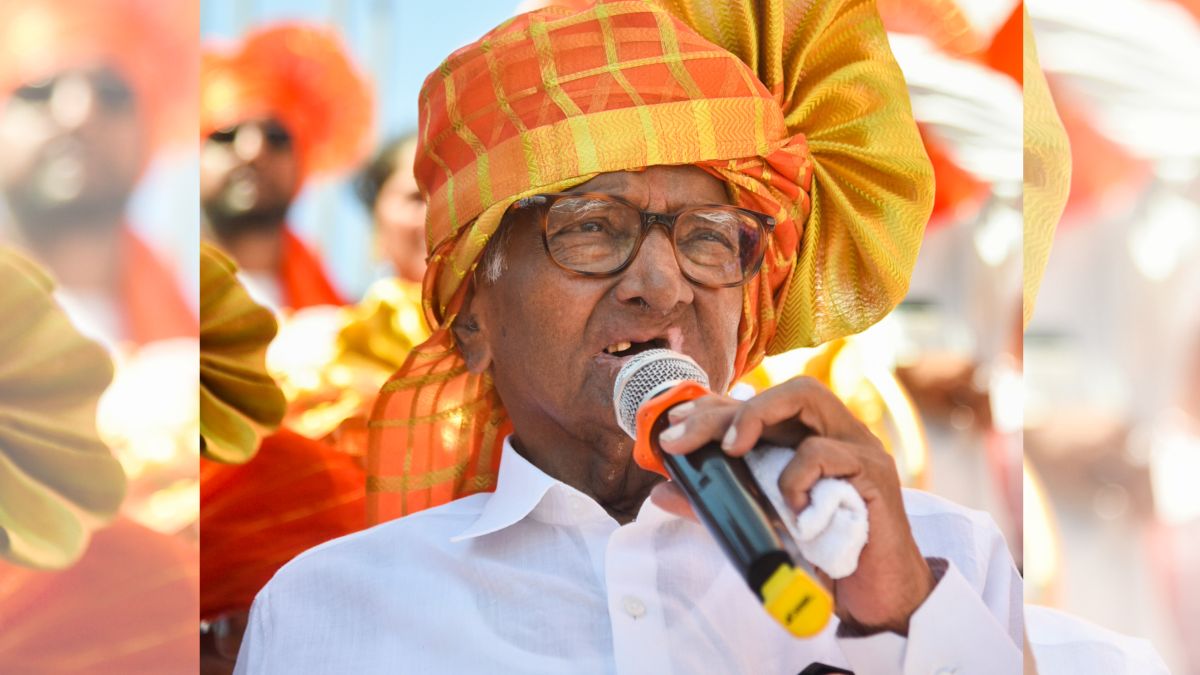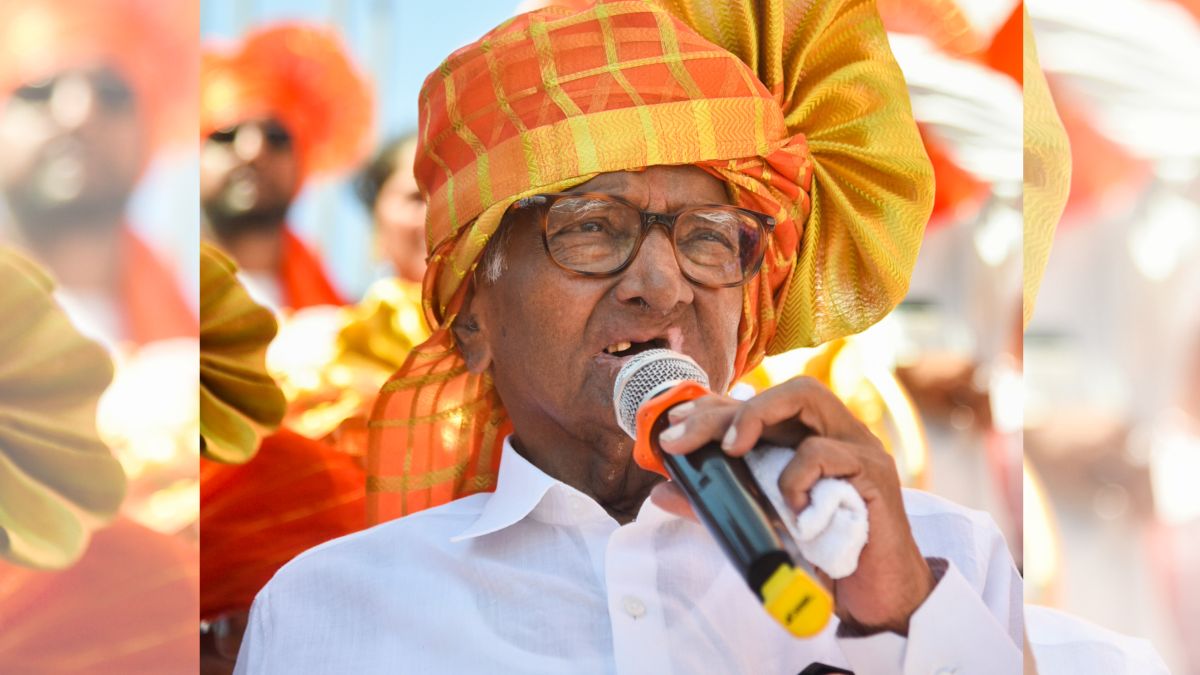On 12 July, Akhila Begum Pathan sent an appeal letter to Maharashtra chief minister Devendra Fadnavis seeking justice for her husband Samsher Khan Pathan, who was allegedly killed by the Parbhani police while illegally being in their custody. Akhila said that it wasn’t just an appeal letter, but also her “suicide note”. “If the policemen involved in my husband’s cold- blooded killing are not brought to book soon, my children and I will immolate ourselves outside the Mantralaya,” she said while trying to suppress her tears. Clueless, her three sons – a 17-year-old, an 11- year-old and a 9-year-old – sat beside her.
Pathan, a dealer in old cars, was picked up from a tea-stall near his house on 25 December, 2016 by two policemen. He was taken to Nanalpeth police station, where he was allegedly tortured for seven hours before succumbing to his injuries. He was kept in the police station without any criminal case registered against him.
His autopsy report shows that his lungs and heart were ruptured and his rib cage was broken. While the autopsy report and the judicial magistrate inquiry into the incident have in clear terms concluded that this was an incident of custodial torture leading to death, the State Criminal Investigation Department (CID) investigation has shown no progress. Sudhakar Suradkar, deputy superintendent of police, CID, who is heading the investigation attributed the delay to lack of manpower and non-cooperation from the local police. “I only have one officer and a lady constable to handle the investigation. We have not been getting any support from Nanalpeth police either,” Suradkar said.
According to Pathan’s family, his killing was “well-planned” and was an outcome of an old enmity with Mohammad Abdul Rauf, a police inspector at Nanalpeth police station. Rauf is named as a prime accused in the FIR. “My brother Samsher and Rauf’s younger brother Abdul Rahim were business partners until a year ago. They fell apart and my brother started his own work. This angered Rauf and Abdul Rahim,” claimed Yaseen Khan, Pathan’s younger brother.
According to Yaseen, judicial magistrate Satish Hiwale’s inquiry also validated the family’s claims. The inquiry report stated two men identified as constable Ajay Raskatla and Kiran Bhumkar had forcefully made Pathan sit between them on a motorbike and taken him to the police station. Both Raskatla and Bhumkar are not named as accused in the case because Suradkar feels, “they were merely following their seniors instructions.”
At the police station, Pathan was taken to the “disclosure room” and brutally beaten for seven hours, the magistrate report states. Although unlawful, such “disclosure rooms” are commonly used to confine and beat up suspects brutally until they “accept” their crimes. A constable attached with the disclosure room of Nanalpeth police station, on the condition of anonymity, said that he and some others was pulled out of duty that day. “Rauf sir asked us to stay away and got his own men to handle the case,” he added. “Breaking bones during such interrogations are common. We know the techniques. But the team that handled Pathan was not trained,” he said.
The only independent witness in the case is Imran, who was arrested in another case and kept in the lock-up where Pathan was also kept for a few hours after his alleged torture. In his testimony to the magistrate, Imran has said, “He [Pathan> was shivering and his eyes were blood shot. I asked him about the crime for which he was arrested but he was clueless. I asked him if he was beaten up and he showed me marks on his inner thighs. He said the policemen used steel rods to beat him.”
Imran further deposed, “He [Pathan> told me steel pipes were placed on his thighs and three people stood on both sides of the pipe each. He was in pain and was not able to move.” Imran claimed that Pathan had allegedly named Rauf and Mushtaq in that brief exchange before he was moved out. According to police records, Imran was let off on bail the same afternoon. Pathan was still in the lock-up when Irman left the jail, the latter told the magistrate.
The reporter on her visit to Parbhani on 14 July tried to trace Imran, however, no one was available at the residential address provided by the police and Imran’s phone was also switched off.
After a grueling experience, Pathan was eventually moved to the open space at the entrance of the police station. An eight-minute long CCTV footage obtained by this reporter shows Pathan feebly standing next to a table with a few policemen seated across. Pathan is then seen crouching slowly to the ground and eventually passing out. The policemen can be seen hurriedly dragging him out of the space.
The time of the recorded footage is 18.22.59 pm. Pathan’s father, Shamir Khan Pathan, said he went to the police station thrice that day and last was at 5.45 pm. He claimed to have seen his son lying on the floor, crying in pain. “He was unable to move. He was in acute pain. But they [police> did not let me speak to my son. Rauf asked me to come at 8 pm, when some big team from outside was supposed to come,” said Shamir Khan. An hour and a half later, two police constables visited our home, said Shamir Khan. “They came to inform us that my son was seriously ill and was shifted to the hospital.”
The judicial magistrate inquiry was constituted under section 176 (1) A of the Code of Criminal Procedure, which makes judicial inquiry mandatory into every case of death, missing person or rape that occurred in police or judicial custody. Even 10 years since the amendment, this procedure is seldom followed. Unlike the usual trend, magistrate Hiwale’s report gives a detailed account of how Pathan was tortured and eventually killed.
Relying heavily on the postmortem report, the CCTV footage procured from the police station and the Imran’s testimony, the magistrate has identified 14 people who are responsible for Pathan’s death. These 14 people include 11 policemen, two doctors attached with the Parbhani civic hospital and Rauf’s brother Abdul Rahim. However, only Rauf and two other constables Tulsidas Deshmukh and Mustaq Shaikh have been named in the FIR. “Other policemen and the doctors are continuing with their duty like earlier. Forget suspension, they have not even been transferred from pending investigations. All evidences are in their custody and can be easily tampered with,” said Pathan’s family lawyer, Aakhil Ahmed.
Suradhkar said that all three accused have been on the run since the FIR was registered and their anticipatory bail application has also been rejected by the Parbhani district sessions court. This reporter visited Shaikh’s house at Dargah road in Parbhani and found the door bolted from outside. The neighbours, contrary to Suradhkar’s claims, said Shaikh has frequently been visiting his family.
“He [Shaikh> was here only a week ago. He does not stay here but keeps visiting them every now and then,” said one of the neighbours, who did not want to be identified. Also, interestingly, all three accused have visited Gangakhed police station on at least two occasions to appear for the departmental inquiry constituted against them. Narayan Shirgaonkar, deputy superintendent of police, Gangakhed police station, is overseeing the departmental inquiry and refused to divulge any information. However, Suradhkar admitted that he was aware of this. “I know they have been visiting Parbhani and have attended the inquiry too. However, by the time the information reached the CID, they had already left. We will soon make some breakthrough,” Suradhkar added.
The Nanalpeth police has come up with various versions in their defence since the incident. Rauf, in his deposition before the magistrate, claimed that Pathan was a “wanted accused” in a case of forgery and cheating registered with the Srirampur police station of Ahmednagar district. While confirming the presence of Srirampur police in Parbhani a night before Pathan’s illegal custody and death, the magistrate on examining officials from Srirampur police concluded that Pathan was not the wanted accused they were looking for. Also, Srirampur police had not registered any formal complaint or given any request application to the Nanalpeth police to help in their investigations.
“There is no application or station diary entry to support the claims made by Rauf and others,” the inquiry report concluded. Similarly, at the district hospital, the accused had claimed that Pathan was a destitute and was found lying on the street. He was rushed to the hospital for treatment. “The doctors were misinformed about the deceased person,” the report said. The doctors – Rachna Jain and Nandkishore Sarang – have also been put under police scrutiny for issuing a certificate of death caused due to “heart attack”, even when there were clear external injuries to Pathan’s body. “We are trying to establish a chain of event. The doctors’ roles are being examined too,” Suradhkar said.
According to the National Crime Records Bureau, between 2010 and 2015, 591 people died in police custody. In almost 90 percent of the cases, deaths are classified to as suicide, or due to illness or as “natural death”– an attempt that appears to be made in this case too. In other 10 percent of the cases, the policemen are most likely to be subjected to just departmental inquiry and dismissal is considered as the gravest of punishment for the officers involved.
In a study conducted on the 97 custodial deaths reported in 2015, the Human Rights Watch , an international human rights organisation pointed out, “The failure of police to abide by arrest and detention rules makes suspects more vulnerable to mistreatment.” The report also found that police misbehaviour is deeply rooted in institutional practice and persists due to federal and state governments’ failure to hold abusers accountable and overhaul the structure and practices that enable abusive patterns of behaviour.


)




)
)
)
)
)
)
)
)